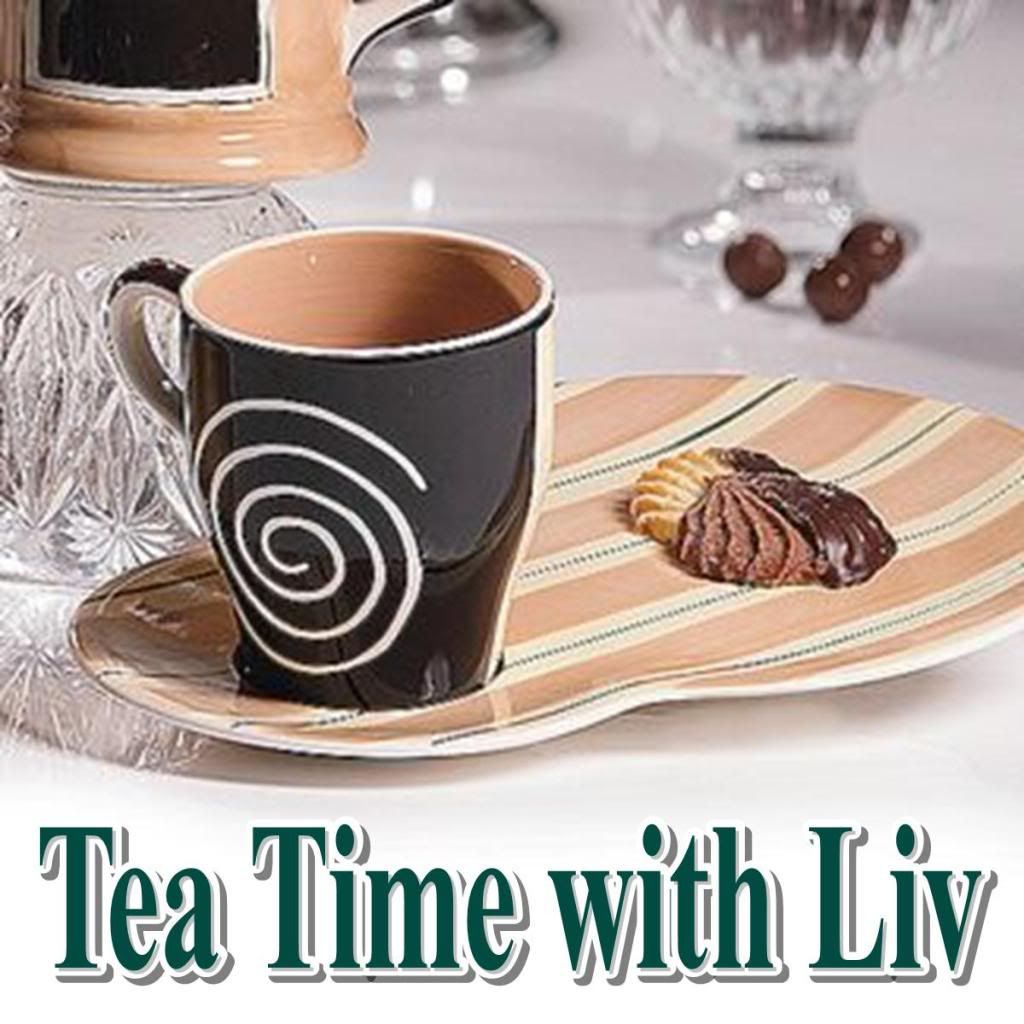The word comes from the Chinese word pek-ho which refers to the down-like white "hairs" on the leaf and also to the youngest leaf buds.
'Orange' which is often mistaken for the flavor is used as a term because of Holland's House of Orange, the royal family of the first European country to import tea and a name connected with high quality tea. This is not a definitive definition but a common accepted definition. An alternative definition is in reference to the copper color of a high-quality, oxidized leaf before drying, or the final bright orange color of the dried pekoes in the finished tea
Grading is done to indicate the size of the leaf and does not indicate its quality (which is determined primarily by taste). While it is true that in general grading - quality, the size of the leaf can play a role in determining the characteristics of the resulting tea.Leaves of irregular sizes come into contact with water, they are going to infuse their flavor at varying rates. This means your tea is going to taste different each time you brew it. The grading system is in place to achieve some level of consistency in taste and appearance.
Here is a
Grade terminology
- Choppy - Tea that contains many leaves of various sizes.
- Fannings - Small particles of tea leaves used almost exclusively in tea bags A grade higher than Dust.
- Flowery - A large leaf, typically plucked in the second or third flush with an abundance of tips.
- Golden Flowery - Tea that includes very young tips or buds (usually golden in colour) that were picked early in the season.
- Tippy - Tea that includes an abundance of tips.
Whole leaf grades
The grades for whole leaf orthodox black tea (in ascending order) are:
- OP - Orange Pekoe - Main grade in tea production. Can consist of long wiry leaf without tips.
- OP sup - Orange Pekoe Superior - Primarily from Indonesia. Similar to OP.
- F OP - Flowery Orange Pekoe - High-quality tea with a long leaf and few tips. Considered the second grade in Assam, Dooars, and Bangladesh teas, but the first grade in China
- F OP1 - Flowery Orange Pekoe First Grade Leaves - As above but with only the highest quality leaves in the F.O.P classification
- GF OP1 - Golden Flowery Orange Pekoe First Grade Leaves- Higher proportion of tip than FOP Top grade in Milima and Marinyn regions; Uncommon in Assam and Darjeeling.
- TGF OP - Tippy Golden Flowery Orange Pekoe - Tea with the highest proportion of tip; Main grade in Darjeeling and Assam.
- TGF OP1 - Tippy Golden Flowery Orange Pekoe - As above, but with only the highest quality leave in the T.G.F.O.P classification
- FTGF OP - Finest Tippy Golden Flowery Orange Pekoe - Highest quality grade. Often hand processed and produced at only the best plantations. Roughly one quarter tips.
- BT - Broken Tea - Usually a black, open, fleshy leaf that is very bulky. Classification used in Sumatra, Sri Lanka, and some parts of Southern India.
- BP - Broken Pekoe- Most common broken pekoe grade. From Indonesia, Ceylon, and Southern India.
- BPS - Broken Pekoe Souchong - Term for broken pekoe in Assam and Darjeeling.
- FP - Flowery Pekoe - High-quality pekoe. Usually coarser with a fleshier, broken leaf. Produced in Ceylon and Southern India, as well as in some parts of Kenya.
- BOP - Broken Orange Pekoe - Main broken grade. Prevalent in Ceylon, Southern India, Java, and China.
- F BOP - Flowery Broken Orange Pekoe - Coarser and broken with some tips. From Assam, Ceylon, Indonesia, China, and Bangladesh. In South America coarser, black broken.
- F BOP F - Finest Broken Orange Pekoe Flowery - The finest broken orange pekoe. Higher proportion of tips. Mainly from Ceylon's "low districts".
- G BOP - Golden Broken Orange Pekoe - Second grade tea with uneven leaves and few tips.
- GF BOP1 - Golden Flowery Broken Orange Pekoe 1 - As above, but with only the highest quality leaves in the GFBOP classification.
- TGF BOP1 - Tippy Golden Flowery Broken Orange Pekoe 1 - High-quality leaves with a high proportion of tips. Finest broken First Grade Leaves in Darjeeling and some parts of Assam.
- PF - Pekoe Fannings
- OF - Orange Fannings - From Northern India and some parts of Africa and South America.
- FOF - Flowery Orange Fannings - Common in Assam, Dooars, and Bangladesh. Some leaf sizes come close to the smaller broken grades.
- GFOF - Golden Flowery Orange Fannings- Finest grade in Darjeeling for tea bag production.
- TGFOF - Tippy Golden Flowery Orange Fannings.
- BOPF - Broken Orange Pekoe Fannings - Main grade in Ceylon, Indonesia, Southern India, Kenya, Mozambique, Bangladesh, and China. Black-leaf tea with few added ingredients, uniform particle size, and no tips.
- D1 - Dust 1 - From Sri Lanka, Indonesia, China, Africa, South America, and Southern India.
- PD - Pekoe Dust
- PD1 - Pekoe Dust 1 - Mainly produced in India.
Olivia Vidal
© 2009
Teaporia by Tea Time with Liv






0 comments:
Post a Comment